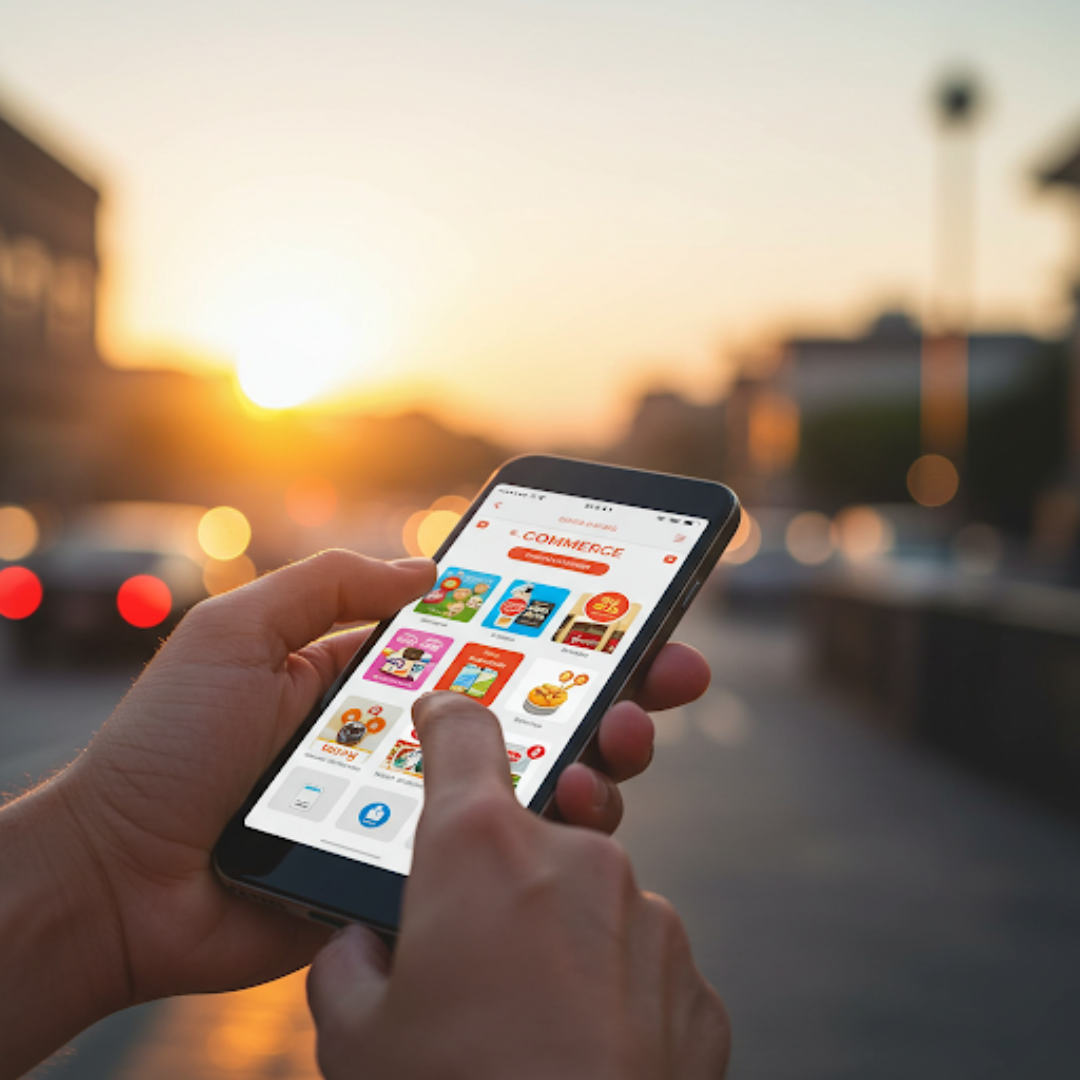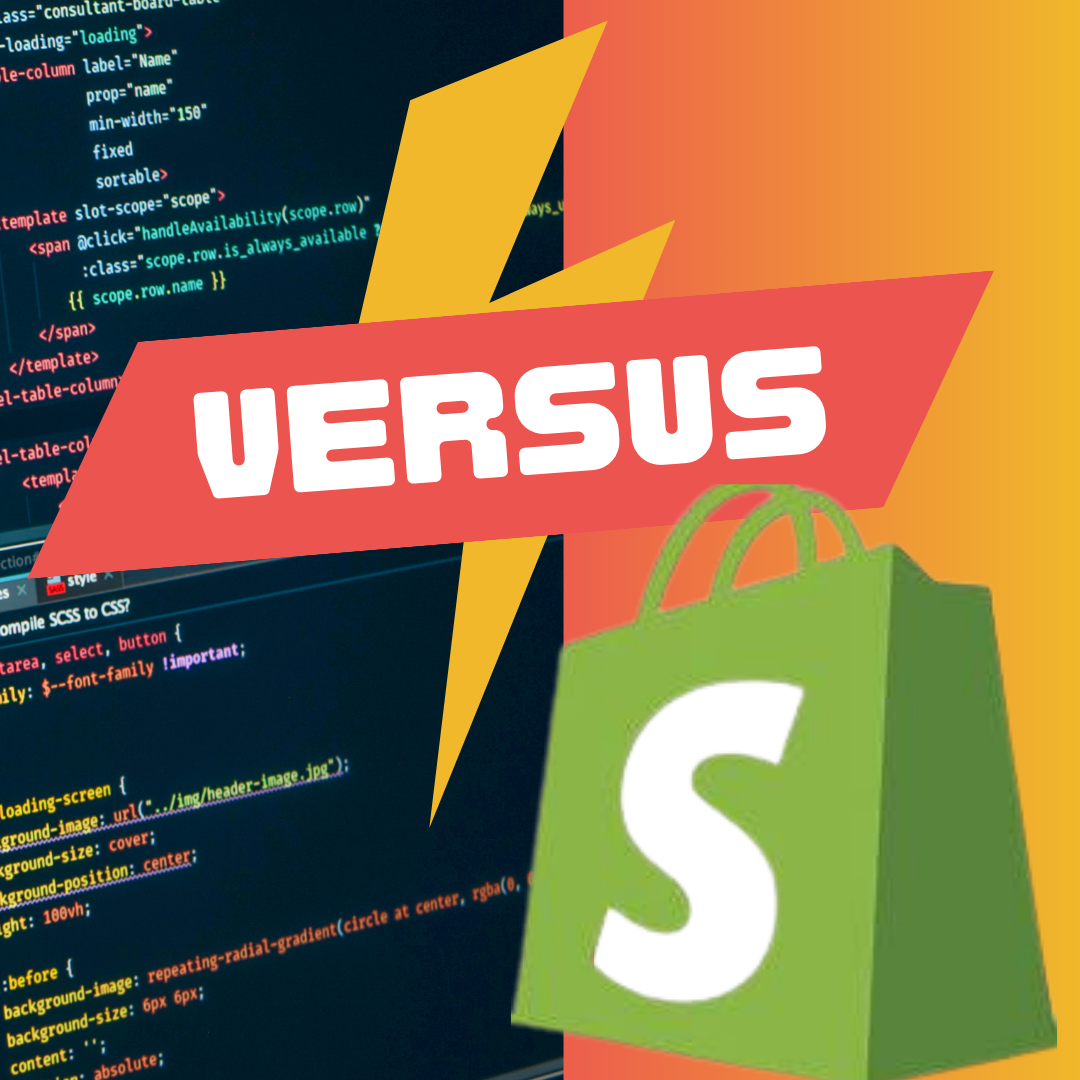In the not-so-distant past, online shopping meant sitting at a desktop, browsing eCommerce websites, and painstakingly entering credit card details. Fast forward to today, and that experience feels almost archaic. Now, with a few taps on a smartphone, you can browse products, compare prices, and complete a purchase before your morning coffee even cools.
Welcome to the era of mobile commerce—or "m-commerce"—a revolution that is transforming the retail landscape.
The Meteoric Rise of Mobile Commerce
Mobile commerce isn't just a trend; it has become the backbone of digital retail. Recent studies show that over 70% of eCommerce sales now happen on mobile devices. With the widespread adoption of smartphones and increasingly seamless payment solutions, consumers expect fast, intuitive, and frictionless shopping experiences at their fingertips.
Why is mobile shopping dominating?
Convenience - Shoppers can buy anytime, anywhere—whether they're commuting, watching TV, or lying in bed.
Speed - Mobile-optimized platforms load faster, reducing decision fatigue and making purchases feel effortless.
Social Integration - Social media apps like Instagram, TikTok, and Pinterest have become shopping hubs, shortening the journey from discovery to checkout.
Personalization - Mobile apps and stores can use AI-driven recommendations, push notifications, and geolocation services to provide hyper-personalized shopping experiences.
With mobile commerce becoming the norm, businesses that fail to optimize for this shift risk losing customers to more agile competitors. So, how can businesses ensure their mobile shopping experience is top-notch? Let’s dive in.
Optimizing for a Seamless Mobile Shopping Experience
1. Prioritize Mobile-Optimized Design
If your website isn’t mobile-optimized, you’re already behind. A mobile-first design ensures that your website is built for smaller screens first and then adapts to desktops—not the other way around.
Best practices:
- Use responsive design to automatically adjust content to different screen sizes.
- Ensure buttons, links, and menus are thumb-friendly (no one likes pinching and zooming!).
- Keep navigation simple and intuitive for quick browsing.
- Talk to experts like Total Commerce Partners to make your site fully mobile optimized.
2. Supercharge Page Speed
A one-second delay in load time can reduce conversions by 7%. Speed matters, especially on mobile devices where users expect near-instant gratification.
How to boost speed:
- Compress images and use next-gen formats like WebP.
- Enable lazy loading so images load only when they’re needed.
- Minimize unnecessary code and leverage browser caching.
- Use a content delivery network (CDN) to serve content faster worldwide. Yet another reason why we love Shopify—it has its own CDN. Although there are 3rd party CDNs, they should be used judiciously unless you're completely headless or have another pressing reason. If you’re uncertain about this or anything else, talk to us.
3. Streamline the Checkout Process
Cart abandonment is notoriously high on mobile, often due to a clunky checkout experience. Your goal? Make it as frictionless as possible.
Tips for a better checkout experience:
- Offer guest checkout (forcing account creation kills conversions!).
- Implement one-click payments with solutions like Apple Pay, Google Pay, and Shop Pay.
- Reduce form fields to essential information only.
- Display a progress bar so users know how many steps remain.
4. Leverage Mobile Payment Solutions
Typing in card details on a tiny screen is frustrating. Luckily, mobile-optimized payment options make it effortless. Digital wallets, buy-now-pay-later (BNPL) options, and even cryptocurrency integrations are becoming standard in mobile commerce.
Must-have payment methods:
- Apple Pay & Google Pay
- PayPal One Touch
- Klarna, Afterpay, or Affirm for BNPL options
The easier you make payments, the more likely customers are to complete their purchases.
5. Optimize for Voice and Visual Search
With the rise of voice assistants like Siri and Alexa, more consumers are using voice search to find products. Similarly, visual search allows users to snap a picture and find similar products online.
How to prepare:
- Optimize product listings with natural language keywords for voice search.
- Implement image recognition technology so users can search via uploaded photos.
- Tag images with descriptive alt text for better search engine indexing.
6. Use Push Notifications Wisely
Done right, push notifications can drive retention and engagement. Done wrong, they’re an annoyance.
Best practices:
- Personalize notifications based on user behavior (e.g., abandoned carts, favorite items back in stock).
- Offer exclusive mobile-only deals to create urgency.
- Don’t overdo it—too many notifications can drive customers away.
7. Integrate Augmented Reality (AR) for Product Visualization
One of the biggest challenges of online shopping is the inability to see or try products before buying. Augmented reality (AR) is changing that by allowing users to visualize products in their real environment.
Brands leading the way:
- IKEA’s AR app lets users place virtual furniture in their homes.
- Sephora’s Virtual Artist allows shoppers to try on makeup digitally.
- Nike’s AR tool helps customers find the perfect shoe size.
If your products benefit from visualization, AR could be a game-changer.
The Shopify Advantage: Mobile-Optimized with Total Commerce Partners
At Total Commerce Partners, we understand that a mobile-first approach isn’t optional—it’s essential. That’s why every Shopify store we develop is mobile-optimized from the ground up. Shopify’s robust platform offers seamless mobile shopping experiences with lightning-fast page loads, built-in mobile payment options, and a fully responsive design that adapts to any device.
- Why Shopify is perfect for mobile shopping:
- Mobile-optimized themes for a sleek, user-friendly experience.
- Shop Pay integration for one-click checkout and faster conversions.
- Powerful analytics tools to track mobile user behavior and improve engagement.
- Seamless app integrations to enhance mobile functionality with AR, push notifications, and personalized shopping experiences.
With Shopify’s mobile-first technology and Total Commerce Partners’ expertise, your business can stay ahead in the mobile commerce game, delivering a frictionless, engaging shopping experience that keeps customers coming back.
The Future of Mobile Commerce
Mobile commerce is only going to grow, fueled by advances in 5G, AI-driven personalization, and even wearable shopping experiences. The key takeaway? Businesses that embrace mobile-first strategies will thrive, while those who don’t risk being left behind.
Your Action Plan:
- Audit your mobile-optimized shopping experience today.
- Implement at least three of the strategies above this quarter.
- Stay ahead by adapting to new trends like voice search and AR.
Small screens may be getting bigger, but the opportunity they present for eCommerce is bigger still. With mobile commerce rapidly outpacing desktop shopping, optimizing your mobile experience is no longer optional—it’s essential. Are you ready to refine your mobile commerce strategy and fully capitalize on this digital revolution?
But beyond optimization, should brands be thinking differently about mobile altogether? Should your mobile site offer a completely distinct experience from desktop? Could a mobile site that mimics an app provide a more intuitive and engaging user journey—even if it’s not a native app?
As mobile usage evolves, is it time to rethink what a mobile shopping experience should truly look like? Keep an eye out for a follow-up blog about this fascinating evolution.




